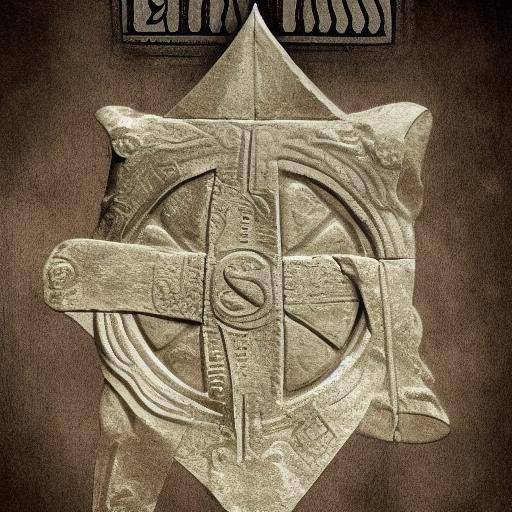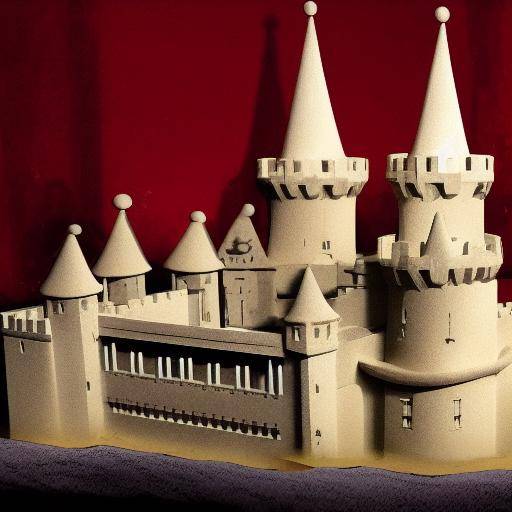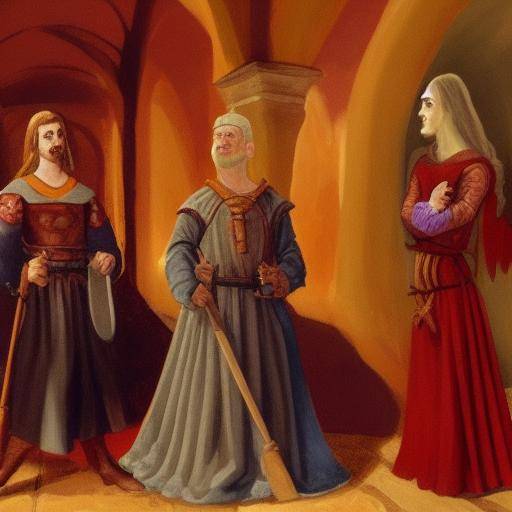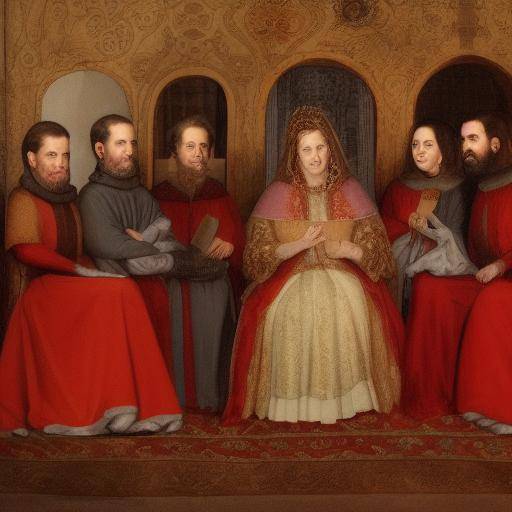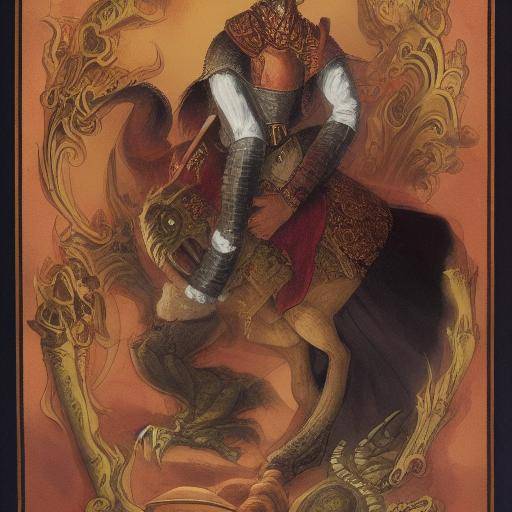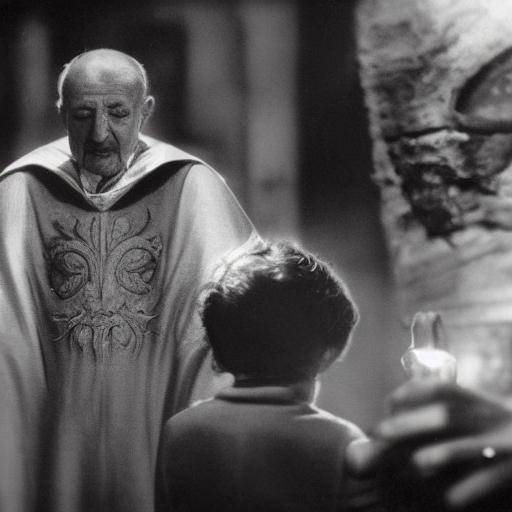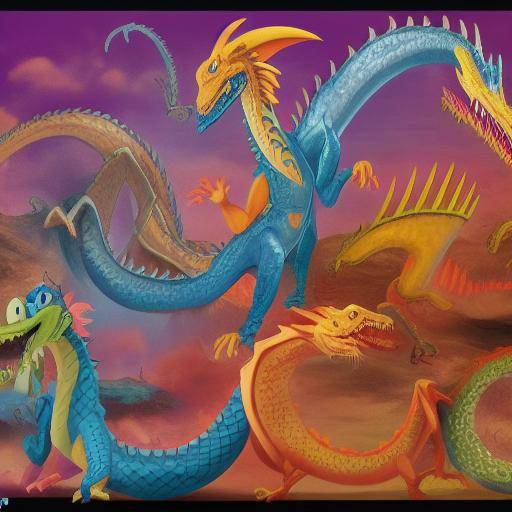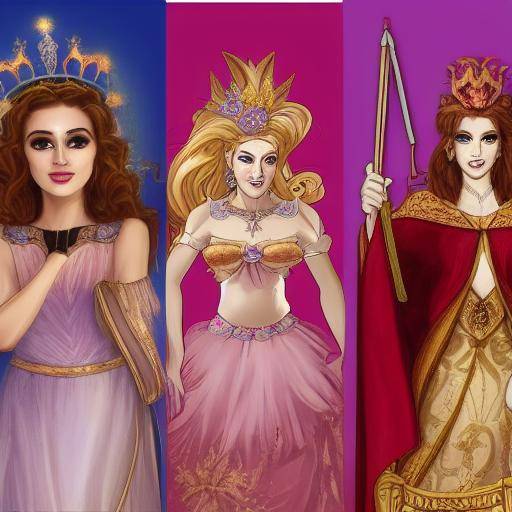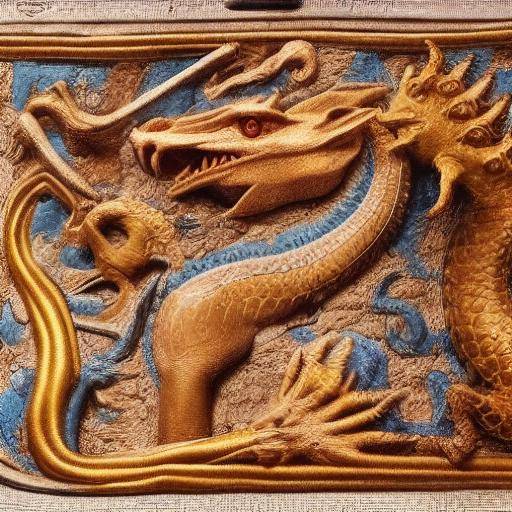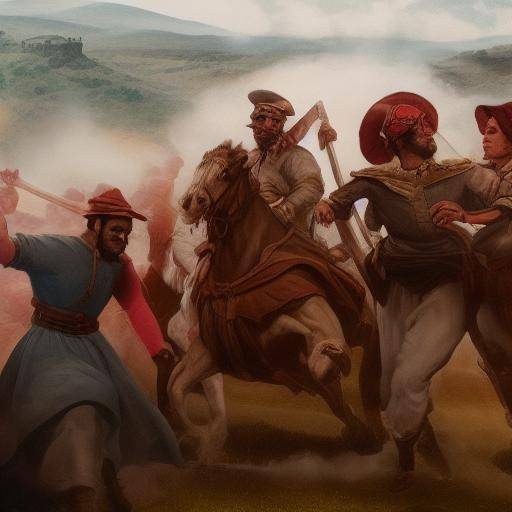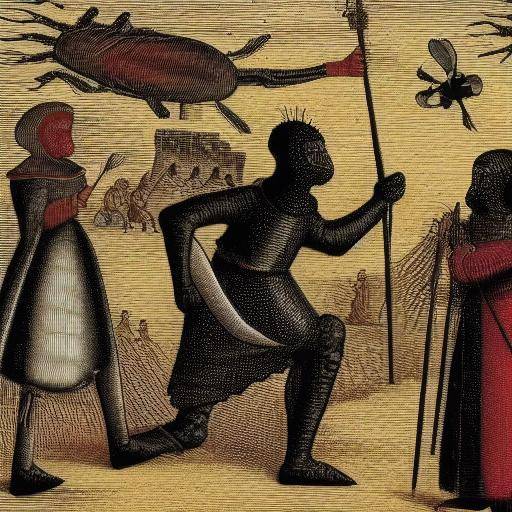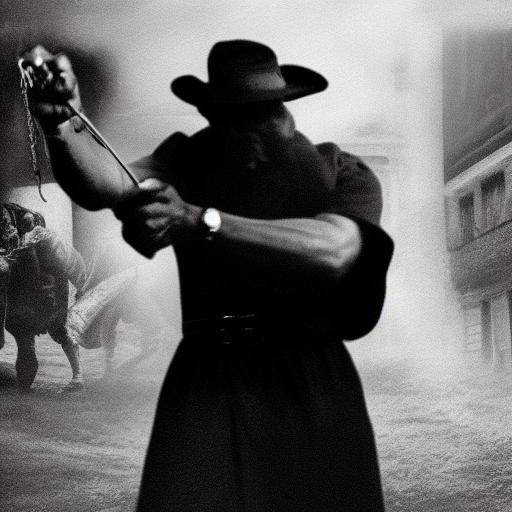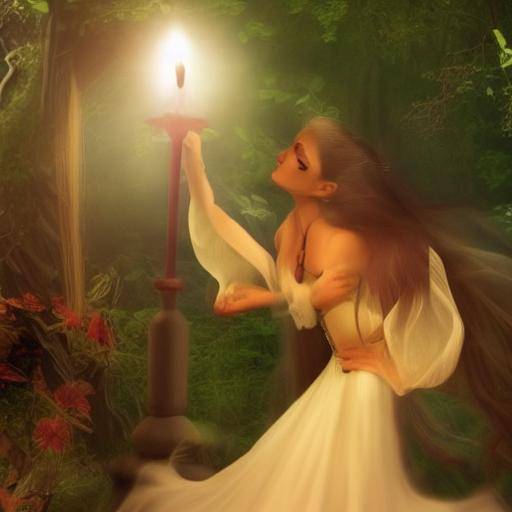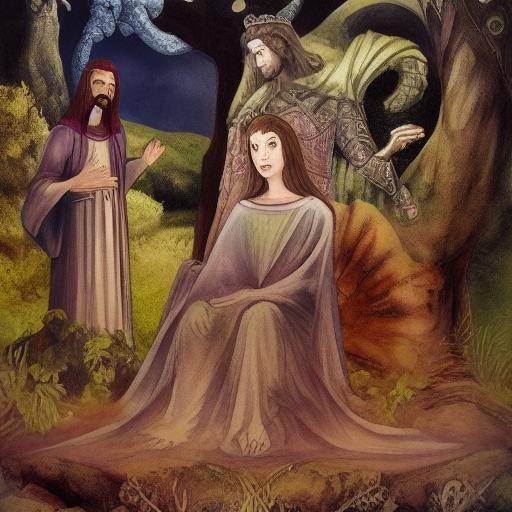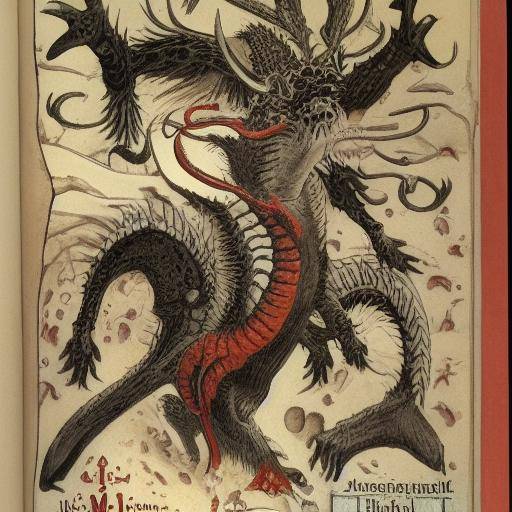
Introduction
Medieval beasts are a fascinating expression of the cosmovision of the Middle Ages, in which the fantastic creatures contained in these encyclopedias represented much more than simple mythical accounts. The beasts not only provided information about mythological creatures, but also served as didactic and symbolic tools that helped transmit values, morality and knowledge about the natural world. In this article, we will explore the fascinating world of medieval beasts, the legends that surround them and the different mythical creatures that make up them. We will learn about its historical relevance, its cultural impact and its peculiar legacy that transcends time.
History and Background
Medieval beasts have their roots in ancient Greece and Rome, where the description of mythical creatures was considered a scientific study rather than a fantasy. However, it was during the Middle Ages that these compilations of fantastic beings acquired a more symbolic and spiritual meaning. The beasts became tools for religious teaching, as each creature represented a moral or religious lesson.
During this time, it was believed that the natural world was closely intertwined with the divine, and the beasts became the way to convey those bonds. Mythic creatures, such as the phoenix, the unicorn or the dragon, were used as metaphors of virtues and vices, providing readers with a moral guide.
Over the centuries, the beasts experienced significant changes in their content and purpose, reflecting both the evolution of human thought and the advances in scientific knowledge. These encyclopedias were compiled by monks, clerics and scholars, and their influence spread throughout Europe, leaving a lasting legacy that has endured to this day.
Detailed Analysis
Medieval beasts offer valuable insights into the mentality and worldview of the time, revealing not only the understanding of the natural world at that time, but also the spiritual and religious beliefs that shaped medieval society. These works became means of instruction, entertainment and reflection, providing people with a door of access to a mythical world that contrasted with their everyday reality.
In analyzing the beasts from a contemporary perspective, it is important to consider their impact on modern popular culture. Although scientific knowledge has discredited the mythical creatures described in the beasts, their influence endures in literature, art and collective imagination. Without a doubt, these fantastic beings continue to resonate in our current society, enriching our understanding of the past and our creativity.
Comprehensive review
Medieval beasts have left a legacy rooted in history and culture, playing a crucial role in transmitting knowledge and values in the Middle Ages. Its impact transcends the pages of the manuscripts and exemplary, reaching to this day as part of folklore and tradition. The relevance of the beasts becomes evident in exploring their influence in various disciplines, from literature and art, to mythology and psychology.
Comparative analysis
By comparing the medieval beasts with other literary and artistic expressions of the time, it is evident their uniqueness and ability to transcend temporary barriers. While other historical records reflect the prominent events and figures of the time, the beasts stand out for their approach to mythical and imaginary, offering a unique vision of human thought in a religious and moral context.
Practical Tips and Recommendations
While medieval beasts can be regarded as relics of another time, their relevance remains evident in the study of history, mythology and symbolism. The beasts represent a crossroads between reality and fantasy, offering a multifaceted view of the medieval worldview, and their study continues to be an inexhaustible source of knowledge and inspiration for scholars, artists and history enthusiasts.
Perceptions of Industry and Expert Reviews
Experts on mythology, history of art and iconography have observed that medieval beasts serve as a valuable testimony to the cultural and spiritual complexities of the Middle Ages. These works not only provide a unique window to the past, but also inspire interdisciplinary research that enrich our understanding of medieval society.
Case Studies and Real Life Applications
Medieval beasts have become objects of study in fields as diverse as the history of art, comparative literature and semiotic, showing their versatility and relevance in the academic world. Moreover, its influence extends to contemporary popular culture, where the images and myths of mythical creatures continue to captivate audiences of all ages.
Future Trends and Predictions
As interdisciplinary research continues, medieval beasts are expected to remain the focus of new critical assessments, discoveries and reinterpretations. Its influence on contemporary literature and art, as well as popular culture, ensures that these encyclopedias continue to inspire new ways of exploring imagination and spirituality through the prism of mythical creatures.
Conclusion
Medieval beasts represent a fascinating window to the past, giving us a unique vision of the mentality and the cosmovision of the Middle Ages. Through these encyclopedias, we not only explore the world of mythical creatures, but also discover the rich complexity of human imagination and the depth of spiritual beliefs of a past time. His legacy continues to intrigue academics, artists and fans, revealing new layers of meaning in each studio and every exhibition.
Frequently asked questions
**1. What is the symbolic meaning of the medieval beasts in the society of the Middle Ages?**Medieval beasts were used as didactic and symbolic tools to transmit moral, religious values and knowledge about the natural world. Each mythical creature had a symbolic meaning that provided moral lessons.
**2. How have the beasts influenced contemporary popular culture?**The beasts have left a lasting mark on literature, art and popular culture, where mythical creatures continue to inspire narratives, films, video games and other artistic expressions.
**3. Why are medieval beasts still relevant today?**In addition to its historical and cultural value, the beasts also shed light on the mentality and the cosmovision of the Middle Ages, allowing us to understand the interaction between reality and fantasy in a historical society.
**4. What were some of the most emblematic creatures present in the medieval beasts?**Some of the most emblematic creatures include the phoenix, the unicorn, the dragon, the tap and the basilisco, each with its own symbolism and moral and spiritual significance.
**5. What is the relationship between the medieval beasts and the scientific knowledge of the time?**While the beasts contained descriptions of fantastic creatures, reflecting the understanding of the natural world in that period, they also offered an allegorical view of creation and divinity, influencing the way nature was perceived.
**6. Where can we find examples of medieval beasts today?**The examples of medieval beasts are preserved in numerous libraries and museums around the world, and can also be found in digital format for public access.
External Links
- The Medieval Bestiary: An online reference that provides access to a lot of beasts and medieval illustrations.
- Article on Mediterranean Bestiarios: A resource that offers an overview of medieval beasts, their history and their cultural influences.
- The Aberdeen Bestiary: An exceptionally detailed example of a medieval beast that is presented online with comments and interpretations.
Conclusion
Medieval beasts represent an invaluable treasure of the cultural and spiritual history of humanity. Its influence spans centuries and continues to inspire research, works of art and collective imagination. By exploring these compendiums of fantastic beings, we immerse ourselves in a world of symbolism, learning and wonder that transcends the barriers of time.

